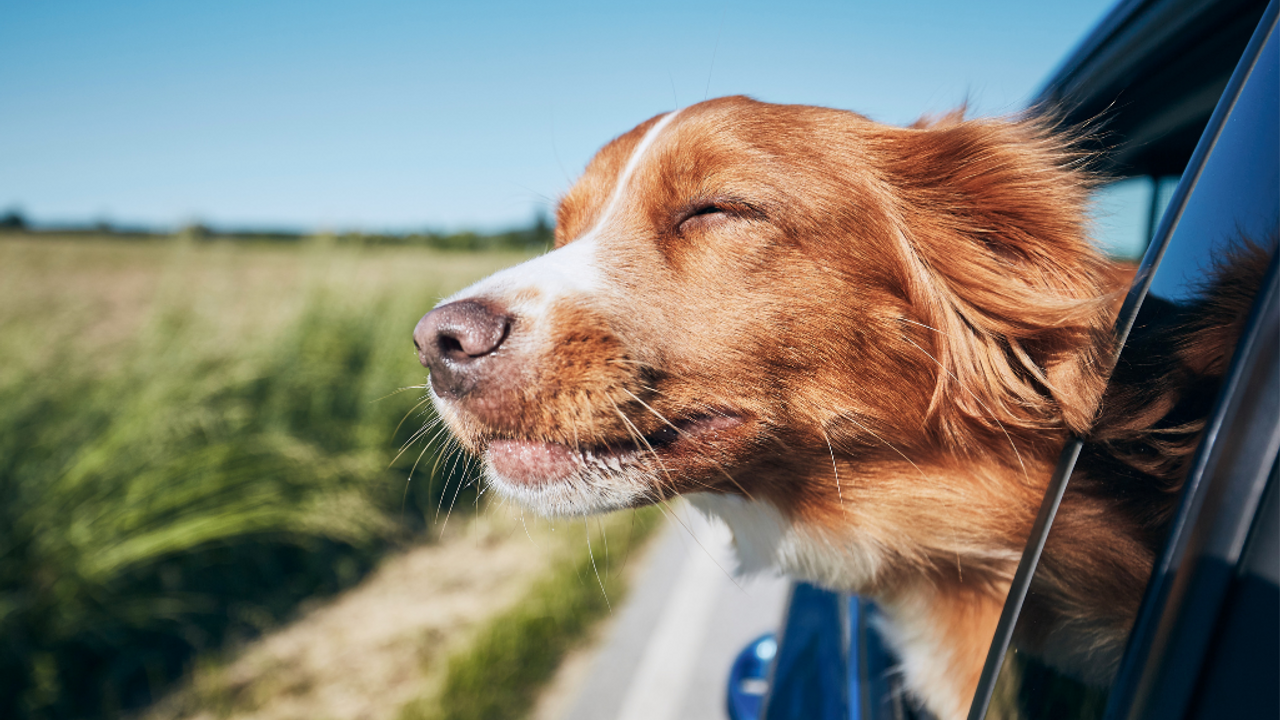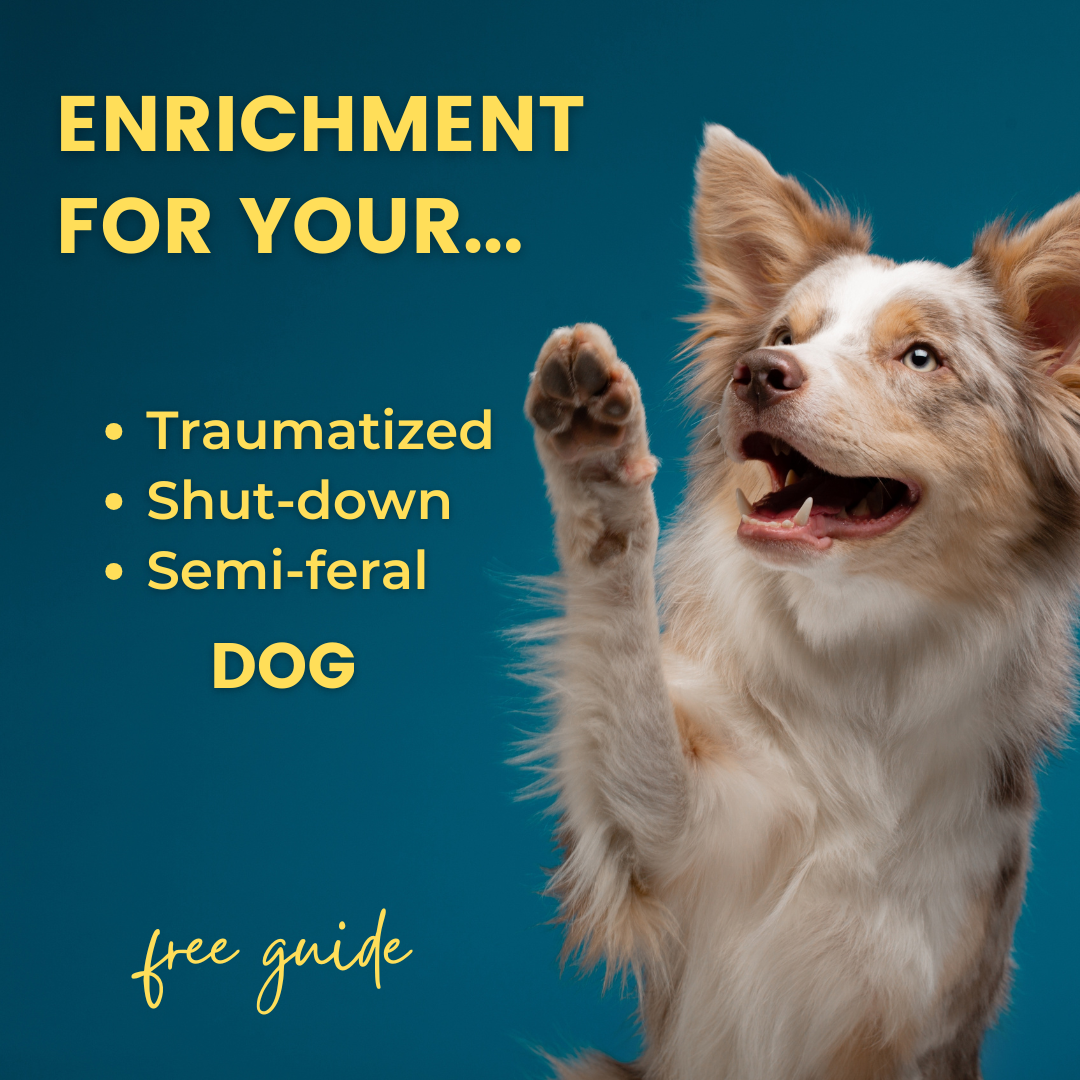Car Training Part 3: On the Road
Oct 18, 2021
Does your dog struggle with riding in the car? In Part 3 of our 3-part series on car training, I discuss how to train your dog so you both have more pleasant car rides. The video features more of our dog Pancake's journey , so you can see what the training looked like for him.
Here are some key points from this week's video.
Is Your Dog Ready to Take a Ride?
Car rides take some preparation, especially with a fearful dog. Before starting this video, make sure you've watched Part 1 ("Before you hit the road") and Part 2 ("Loading up") of this series. Before starting to train your dog in a moving car, you'll need to:
1) Talk with your vet about the appropriate medication;
2) Work out the best car set up for your dog;
3) Train your dog to get into the car.
Plan Your Car Training
Now that you and your dog are ready to start training in the car, it's time to plan what you'll train, and how.
Step 1: Decide What Behaviors To Train
Pick one or more behaviors that you think would help your dog ride in the car more safely and comfortably. For example, you could train:
- Sitting down
- Lying down
- Standing up
- Looking out or sniffing out the window
For example, I chose to train Pancake to sit or lie down, because when he stands in the car he often falls over.
Step 2: Decide When You'll Make Training Harder or Easier
Have a plan for how you'll adjust difficulty of the training, before you start. Specifically, you should be able to answer the following questions:
- How will you decide to back off/make the training easier?
- How will you decide it's time to make the training more difficult ?
- When will you repeat a step, without changing difficulty?
- At what point will you reach out for professional help?
In the video, I share how I made these decisions during Pancake's training.
Step 3: Create Your Training Plan
You'll probably need to break down the car ride into small pieces for your pup. The following aspects of "being in the car" might matter to your dog:
- Car turned on or off;
- Car moving or parked;
- Drive duration;
- Drive speed;
- Bumpiness of the road;
- How winding the road is.
I hope this video series helps you as you develop a training plan for your own dog!
If you're looking for more guidance with your fearful dog, check out our monthly training membership. For a more personalized plan, sign up for private training.
If you try these tips and have success, or trouble, we want to hear from you. Join our Facebook group and post your questions or comments there, or email us at [email protected].



